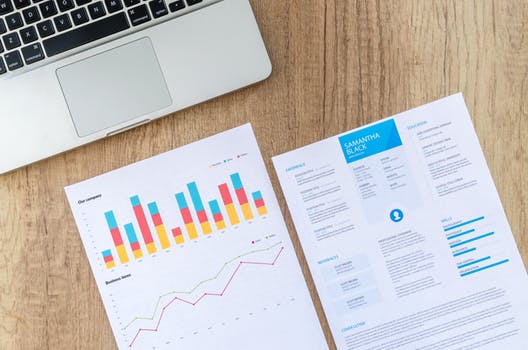CECL requires point-in-time estimates of the remaining credit losses over the remaining life of loans in each portfolio. Naturally if the economy weakens losses will likely increase. If the reverse occurs losses should come down. This is certainly what happened after the 'Great Recession' that began in 2008. Aggregate losses peaked for most lenders in 2010 and declined in the following years. What drove the changes up and down? Both internal and external factors which complicates things.
Some factors to consider when assessing whether and to what degree the economy will strengthen or weaken include:
These high level economic indicators can give a good sense of whether the economy is heating up or cooling off. But what about credit risk characteristics? On February 12, 2019, the Federal Reserve Bank of New York
reported that a "record seven million Americans are 90 days or more behind on their auto loan payments." This comes at a time of very low unemployment. The total is higher than it was at the height of the Great Recession. What should lenders take from this? Especially given the seemingly conflicting signals.
The economic forecasting required by CECL is bound to be wrong to some degree. Any one lender is likely to be wrong much more than the average of all lenders. That's why we support a "wisdom of the crowd" approach to the forecast component. Each CECL+ participant will contribute their estimates for the economy. The average of these will be used to adjust historical loss rates to increase or decrease CECL reserve requirements. The specific impact for any one lender will depend on the composition of their portfolio.
In the case above where the 7 million delinquent auto loans seems to run counter to the overall economic stats, we could apply a higher adjustment to younger, higher risk customers who are driving the auto delinquency according to the article.
Net, pooling of many lenders' loan performance data will support more detailed loan segmentations and more accurate life of loan loss estimates. Combined with the "wisdom of the crowd" economic forecast we can apply appropriate adjustments to loss figures to deliver robust CECL estimates. For more information on
CECL+ and our approach
contact us now.

